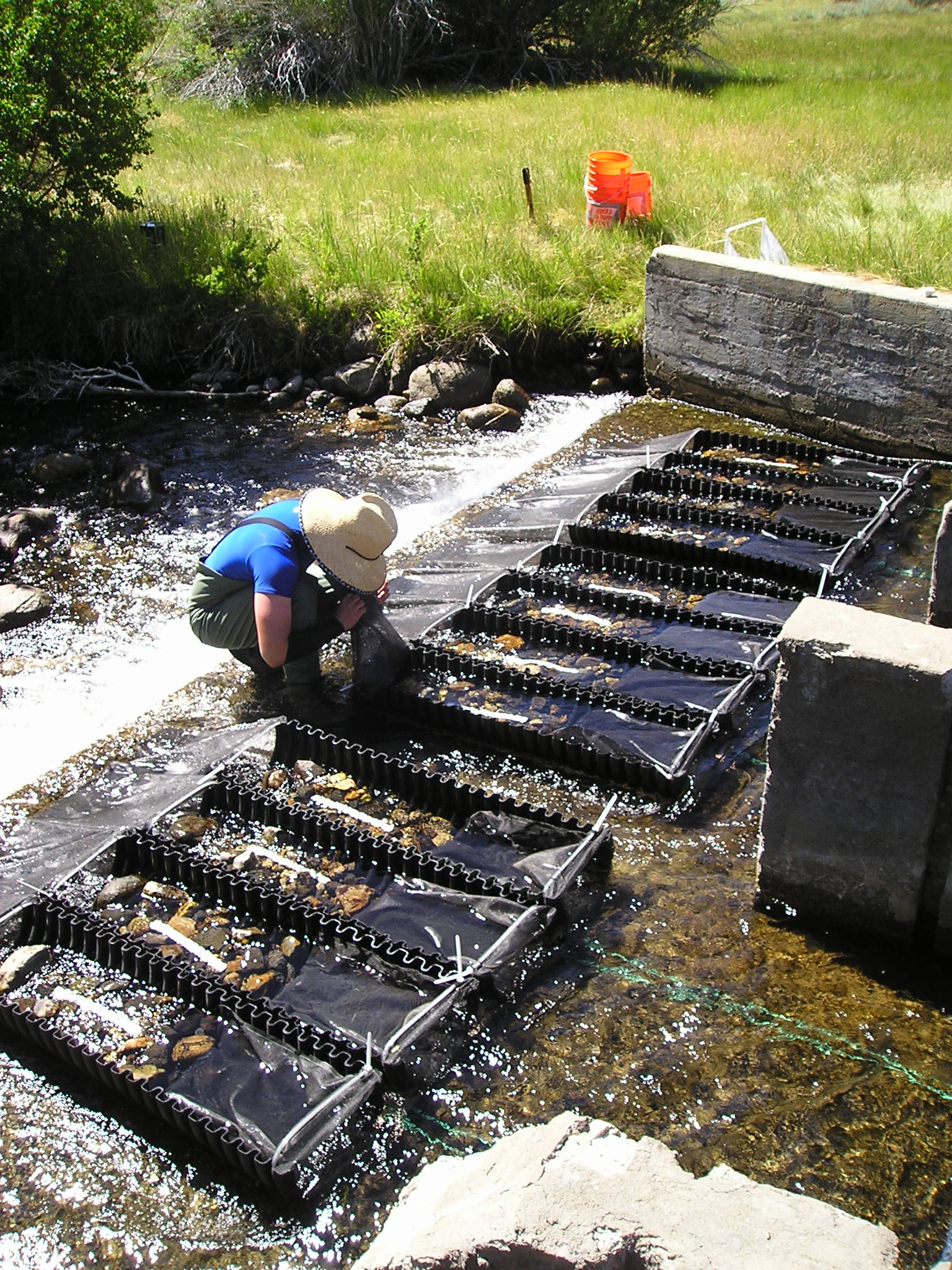Two
decades after Rio Earth Summit, scientists recommend international efforts to
halt biodiversity losses
 Twenty years after the Earth Summit in
Rio de Janeiro, 17 ecologists are calling for renewed international efforts to
curb the loss of Earth's biological diversity.
Twenty years after the Earth Summit in
Rio de Janeiro, 17 ecologists are calling for renewed international efforts to
curb the loss of Earth's biological diversity.
The loss is compromising nature's
ability to provide goods and services essential for human well-being, the
scientists say.
Over the past two decades, strong
scientific evidence has emerged showing that decline of the world's biological
diversity reduces the productivity and sustainability of ecosystems, according
to an international team led by the University of Michigan's Bradley Cardinale.
It also decreases ecosystems' ability to
provide society with goods and services like food, wood, fodder, fertile soils
and protection from pests and disease.
"Water purity, food production and
air quality are easy to take for granted, but all are largely provided by
communities of organisms," said George Gilchrist, program director in the
National Science Foundation's Division of Environmental Biology, which funded
the research.
"This paper demonstrates that it is
not simply the quantity of living things, but their species, genetic and trait
biodiversity, that influences the delivery of many essential 'ecosystem
services.'''
Human actions are dismantling
ecosystems, resulting in species extinctions at rates several orders of
magnitude faster than observed in the fossil record.
If the nations of the world make
biodiversity an international priority, the scientists say, there's still time
to conserve much of the remaining variety of life--and possibly to restore much
of what's been lost.
The researchers present their findings
in this week's issue of the journal Nature.
The paper is a scientific consensus
statement that summarizes evidence from more than 1,000 ecological studies over
the last two decades.
"Much as consensus statements by
doctors led to public warnings that tobacco use is harmful to your health, this
is a consensus statement that loss of Earth's wild species will be harmful to
the world's ecosystems and may harm society by reducing ecosystem services that
are essential to human health and prosperity," said Cardinale.
 "We need to take biodiversity loss
far more seriously--from individuals to international governing bodies--and
take greater action to prevent further losses of species."
"We need to take biodiversity loss
far more seriously--from individuals to international governing bodies--and
take greater action to prevent further losses of species."
An estimated nine million species of
plants, animals, protists and fungi inhabit the Earth, sharing it with some
seven billion people.
The call to action comes as
international leaders prepare to gather in Rio de Janeiro on June 20-22 for the
United Nations Conference on Sustainable Development, known as the Rio+20
Conference.
The upcoming conference marks the 20th
anniversary of the 1992 Earth Summit in Rio, which resulted in 193 nations
supporting the Convention on Biological Diversity's goals of biodiversity
conservation and the sustainable use of natural resources.
The 1992 Earth Summit caused an
explosion of interest in understanding how biodiversity loss might affect the
dynamics and functioning of ecosystems, as well as the supply of goods and
services of value to society.
In the Nature paper, the scientists
review published studies on the topic and list six consensus statements, four
emerging trends, and four "balance of evidence" statements.
The balance of evidence shows, for
example, that genetic diversity increases the yield of commercial crops,
enhances the production of wood in tree plantations, improves the production of
fodder in grasslands, and increases the stability of yields in fisheries.
Increased plant diversity results in
greater resistance to invasion by exotic plants, inhibits plant pathogens such
as fungal and viral infections, increases above-ground carbon sequestration
through enhanced biomass, and increases nutrient remineralization and soil
organic matter.
"No one can agree on what exactly
will happen when an ecosystem loses a species, but most of us agree that it's
not going to be good," said Shahid Naeem of Columbia University, a
co-author of the paper. "And we agree that if ecosystems lose most of
their species, it will be a disaster."
"Twenty years and a thousand
studies later, what the world thought was true in Rio in 1992 has finally been
proven: biodiversity underpins our ability to achieve sustainable
development," Naeem said.
Despite far-reaching support for the
Convention on Biological Diversity, biodiversity loss has continued over the last
two decades, often at increasing rates.
In response, a new set of
diversity-preservation goals for 2020, known as the Aichi targets, was recently
formulated.
And a new international body called the
Intergovernmental Platform on Biodiversity and Ecosystem Services was formed in
April 2012 to guide a global response toward sustainable management of the
world's biodiversity and ecosystems.
Significant gaps in the science behind
biological diversity remain and must be addressed if the Aichi targets are to
be met, the scientists write in their paper.
"This paper is important both
because of what it shows we know, and what it shows we don't know," said
David Hooper of Western Washington University, one of the co-authors.
"Several of the key questions we outline
help point the way for the next generation of research on how changing
biodiversity affects human well-being."
Without an understanding of the
fundamental ecological processes that link biodiversity, ecosystem functions
and services, attempts to forecast the societal consequences of diversity loss,
and to meet policy objectives, are likely to fail, the ecologists write.
 "But with that fundamental
understanding in hand, we may yet bring the modern era of biodiversity loss to
a safe end for humanity," they conclude.
"But with that fundamental
understanding in hand, we may yet bring the modern era of biodiversity loss to
a safe end for humanity," they conclude.
In addition to Cardinale, Naeem and
Hooper, co-authors of the Nature paper are: J. Emmett Duffy of The College of
William and Mary; Andrew Gonzalez of McGill University; Charles Perrings and
Ann P. Kinzig of Arizona State University; Patrick Venail and Anita Narwani of
the University of Michigan; Georgina M. Mace of Imperial College London; David
Tilman of the University of Minnesota; David A. Wardle of the Swedish
University of Agricultural Sciences; Gretchen C. Daily of Stanford University;
Michel Loreau of the National Centre for Scientific Research in Moulis, France;
James B. Grace of the U.S. Geological Survey; Anne Larigauderie of the National
Museum of Natural History in Rue Cuvier, France; and Diane Srivastava of the
University of British Columbia.
-NSF-






No comments:
Post a Comment